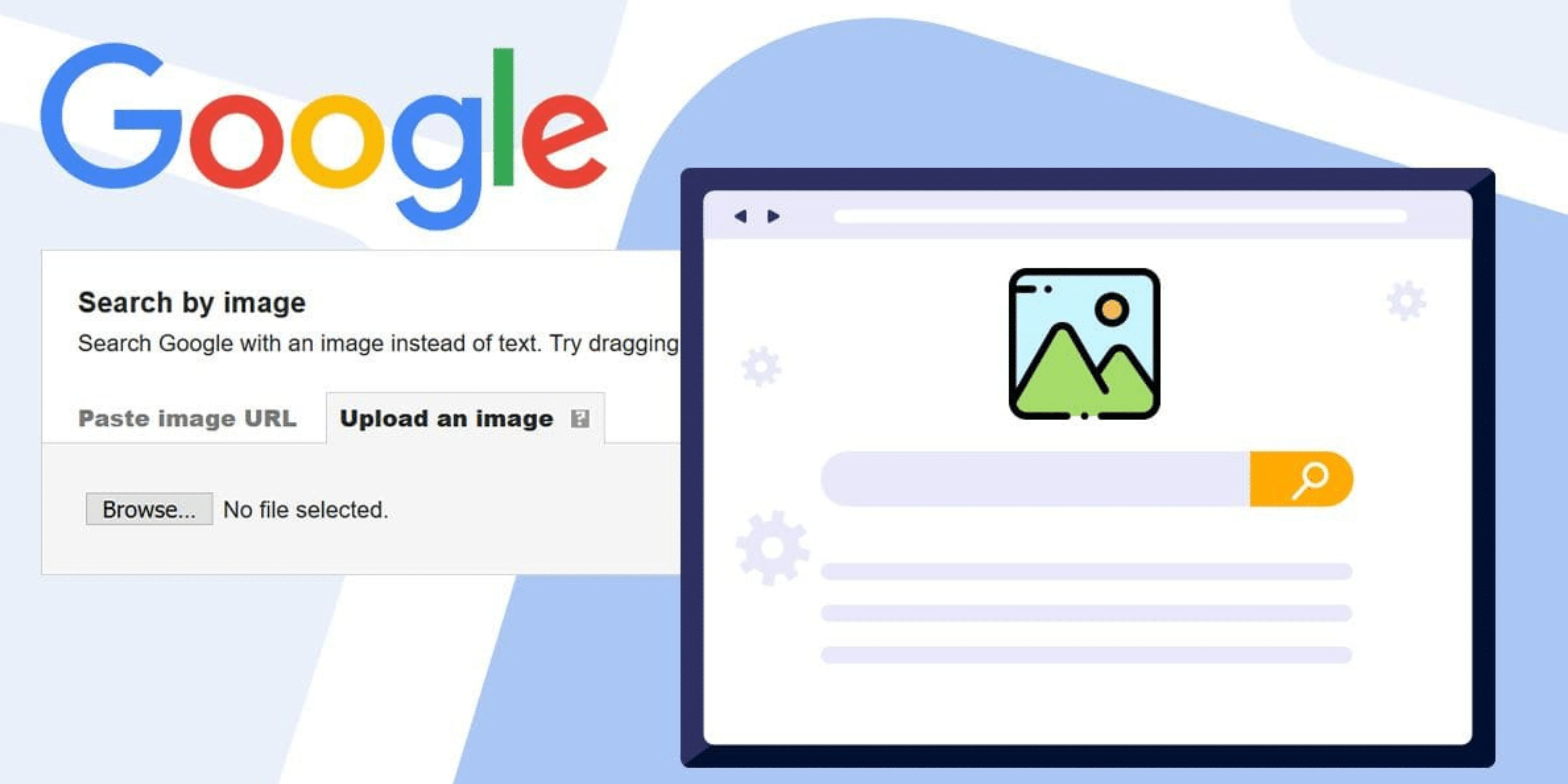
Google Image Search Delight: Unraveling the Visual Insight
- Technology
- December 28, 2023
- No Comment
- 29
In the vast realm of the internet, where words often fall short, images take center stage. From the captivating landscapes to the hilarious memes, visual content has become an integral part of our online experience. When it comes to finding the perfect image, Google Image Search stands as an unrivaled tool, seamlessly connecting users with a vast repository of pictures. Ever wondered about the magic behind this visual search engine? Let’s embark on a journey to unravel the intricacies of how Google Image Search works.
The Foundation: Web Crawling and Indexing
At the heart of Google Image Search lies the fundamental process of web crawling and indexing. Google employs web crawlers, often referred to as spiders, to systematically browse the internet and index the content they encounter. These spiders follow links from one page to another, collecting information about the text, structure, and, of course, the images on each webpage.
During this crawling process, Google’s algorithms analyze the images, extracting various attributes such as file names, alt text, and surrounding text content. These details serve as the foundation for creating an index, a massive database that allows Google to retrieve relevant images in response to user queries.
The Power of Metadata: Alt Text and Descriptions
Metadata plays a crucial role in understanding the context of an image. Alt text, or alternative text, is a concise description of an image embedded within the HTML code of a webpage. It serves a dual purpose: aiding accessibility for users with visual impairments and providing search engines with information about the image.
Google’s algorithms rely on alt text to comprehend the content of an image. When a user performs a search, the search engine scans through the metadata associated with images, looking for matches with the search query. Well-crafted alt text not only enhances the accessibility of a webpage but also increases the likelihood of the associated images appearing in relevant search results.
Image Recognition Technology: From Pixels to Understanding
Beyond metadata, Google Image Search leverages sophisticated image recognition technology to understand the visual content of images. This involves the analysis of pixel patterns, shapes, colors, and other visual features. Machine learning algorithms, particularly neural networks, are employed to recognize objects, scenes, and even specific details within an image.
Google’s image recognition capabilities have been significantly enhanced over the years, thanks to advancements in deep learning. Neural networks are trained on vast datasets, learning to recognize a diverse range of objects and patterns. As a result, when a user submits a search query, the image recognition algorithms scan the indexed images to find matches based on visual similarities.
Reverse Image Search: Turning the Tables
One of the unique features that sets Google Image Search apart is its ability to perform a reverse image search. Instead of using keywords to find images, users can upload an image or provide a URL to discover related content. This functionality is particularly useful for identifying unknown objects, locating the source of an image, or finding higher-resolution versions of a picture.
Reverse image search operates by comparing the uploaded image’s visual features with the images in Google’s index. The algorithm looks for identical or similar patterns, allowing users to trace the origins of an image or explore visually related content.
The Importance of Context: Surrounding Text and Page Relevance
While image recognition technology plays a pivotal role, Google Image Search takes a holistic approach by considering the context in which an image appears. The surrounding text on a webpage provides valuable contextual clues about the image’s meaning and relevance.
When a user enters a search query, Google’s algorithms not only analyze the images but also examine the text content of the associated pages. This helps refine the search results, ensuring that the displayed images align with the user’s intent. The synergy between image analysis and text comprehension enables Google Image Search to deliver more accurate and contextually relevant results.
Filtering and Sorting: Delivering a Seamless User Experience
The sheer volume of images available on the internet necessitates effective filtering and sorting mechanisms. Google Image Search employs various algorithms to prioritize and present the most relevant images to users.
Factors such as image quality, resolution, and the overall relevance to the search query influence the ranking of images in the search results. Machine learning models continuously adapt to user behavior, learning from clicks and interactions to refine the ranking algorithms over time. This iterative process ensures that Google Image Search evolves to meet the dynamic and diverse needs of users.
Safe Search and Copyright Considerations
In its commitment to providing a safe and responsible user experience, Google Image Search incorporates features like Safe Search. This functionality filters out explicit or inappropriate content, offering users a family-friendly browsing environment.
Additionally, Google takes copyright considerations seriously. The search engine respects intellectual property rights and provides tools for copyright holders to report and manage the use of their images. The “Licensable” badge is one such feature, indicating that the image is available for licensing and providing information on how to obtain the necessary permissions.
The Future: Advancements in Visual Search
As technology continues to evolve, so does the landscape of visual search. Google remains at the forefront of innovation, exploring new frontiers in computer vision and machine learning. Advancements in augmented reality (AR) and visual search on mobile devices further underscore the potential for transformative changes in how we discover and interact with visual content online.
Google’s dedication to enhancing the user experience means that we can anticipate even more sophisticated and intuitive features in the realm of visual search. From improved image recognition to enhanced context understanding, the future of Google Image Search holds promises of a more immersive and personalized visual exploration.
Conclusion
Google Image Search, a marvel of modern technology, seamlessly combines web crawling, image recognition, and contextual understanding to deliver a visual search experience like no other. From the foundational processes of crawling and indexing to the intricate workings of image recognition algorithms, every facet contributes to the engine’s ability to connect users with the images they seek.
As we delve deeper into the nuances of Google Image Search, it becomes evident that the magic lies not in a single algorithm or technology but in the synergistic integration of various components. The continuous evolution of these components, guided by user behavior and technological advancements, ensures that Google Image Search remains a dynamic and indispensable tool in our digital journey.
In a world where a picture is worth a thousand words, Google Image Search stands as a testament to the power of algorithms, machine learning, and human ingenuity converging to unlock the vast visual tapestry of the internet.







